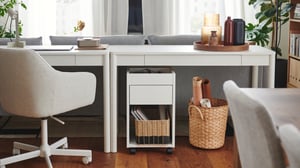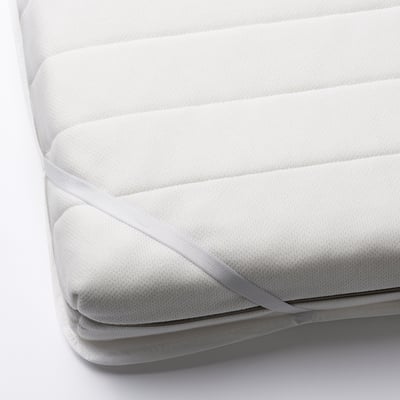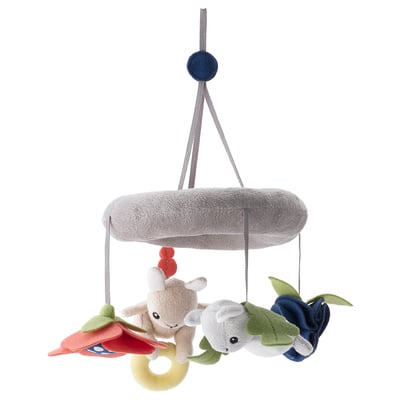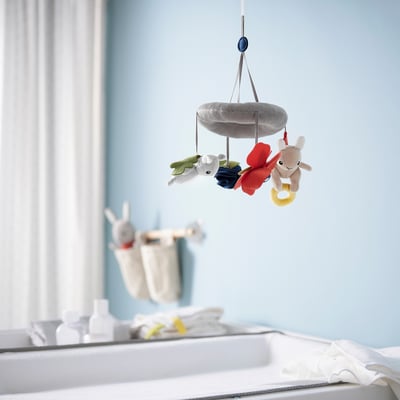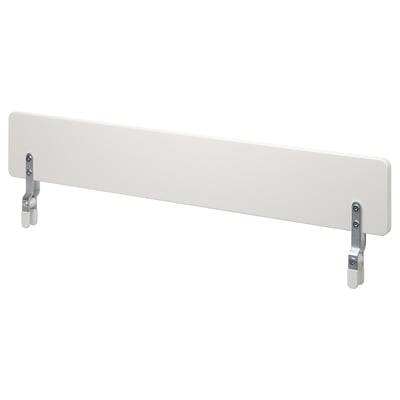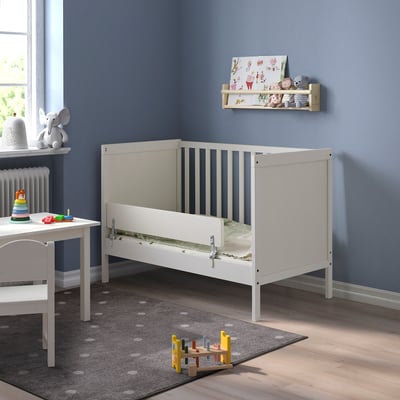Safety tips for your baby’s sleep
Sleep is a vital element of a baby’s health and development. Your baby should sleep alone, on his or her back in a cot, until grown up enough to climb out of it. A cot provides an enclosed, protected environment. Here are a few more essential safety considerations that can help you to better cope with one of a parent’s biggest challenges.


A good cot is the foundation of a peaceful sleep
In their first year of life, most babies will sleep for around 12-15 hours each day. So, how you prepare the cot is vital for your peace of mind, since baby will spend so much time there.
Below, you can read about what to have – or not have – in and around the cot. Essentially, the cot should contain no more than a firm mattress and a fitted sheet. To keep baby warm enough – and to minimise the risk of overheating – you should use light sleeping clothing, adjusted to the room temperature.
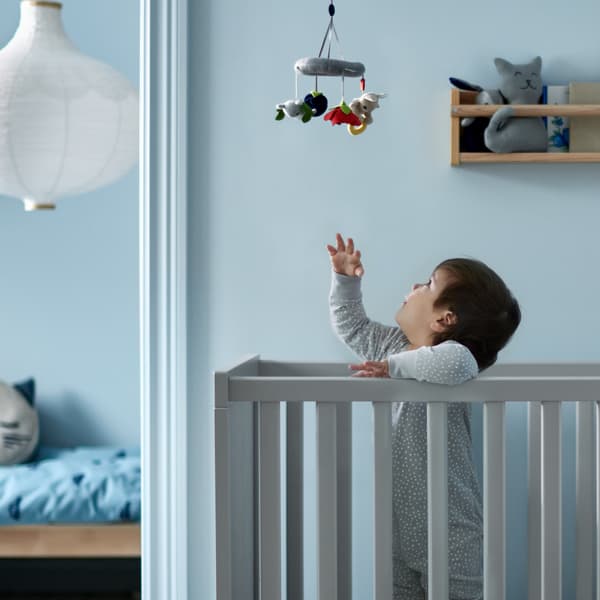
Baby’s cot should be bare of anything other than a firm mattress and a fitted sheet.
Baby safety in and around the cot
IKEA cots are designed, built and tested to be safe for your baby. But it’s important to consider also how you dress the cot and what other home furnishings may be nearby in the room.
A few tips for when you dress the cot
- Use a firm baby mattress, to avoid the risk of an obstruction to baby’s breathing. The cot and mattress should have the same dimensions, to avoid the risk of entrapment or suffocation.
- Fitted sheets should be the same dimension as the mattress – a tight fit avoids loose textiles in baby’s bed.
- Use a mattress protector of breathable materials at first to avoid risk of suffocation. Those made of non-breathable materials are only for children aged over 3 years.
- The cot base must be lowered to its lowest setting once the baby can sit up unaided, to minimise the risk of falling from the cot.
- Take away the cot’s removable side or switch to a bed when your child is big enough to climb out of the cot, to avoid the risk of falls.
A few tips for safety around the cot
- Keep curtains and the cords of lamps or blinds out of reach – strangulation and suffocation are serious dangers for babies.
- Keep out of reach: canopies, baby mobiles and long textiles that hang over the cot.
- Place the cot away from radiators, hot pipes and direct sunlight – baby’s skin is thin and can burn easily.
- Keep furniture at a safe distance from the cot so that baby can’t use it to climb out – risking a fall, entrapment or strangulation.
- Never attach hooks, handles or such to the cot – your baby could get caught when moving around in the cot.

A safe mattress is one that fits the cot perfectly – leaving no gaps for baby to get stuck.




